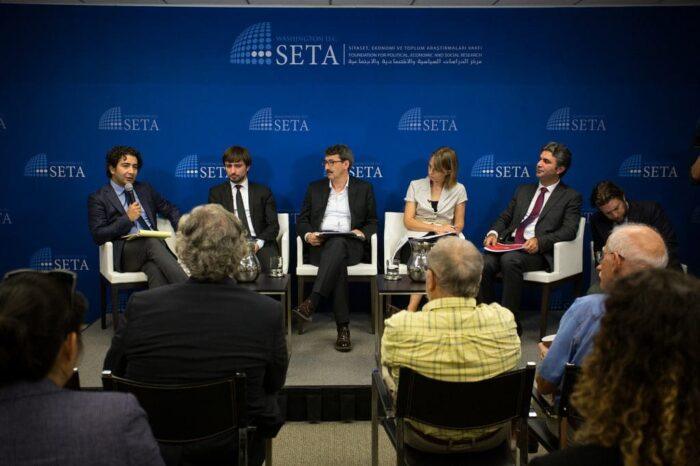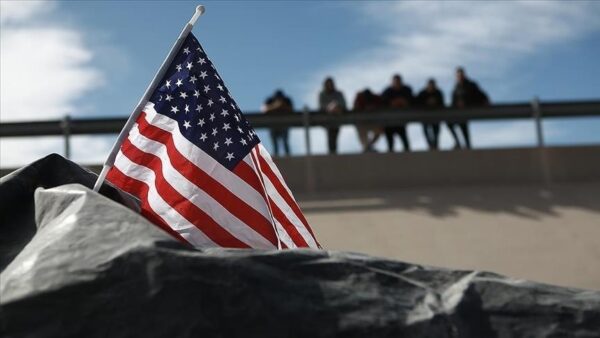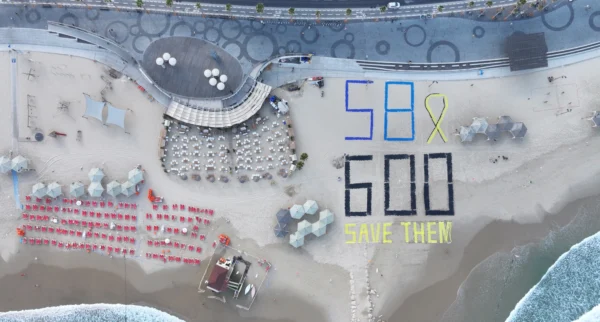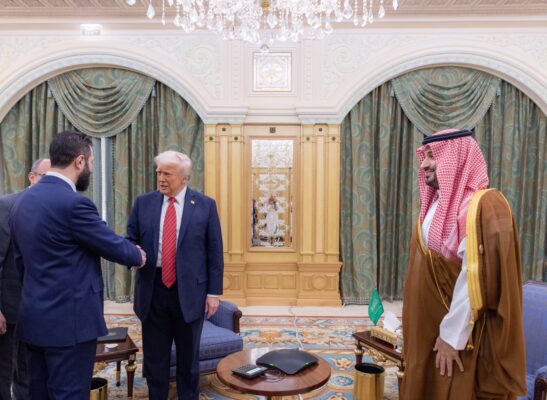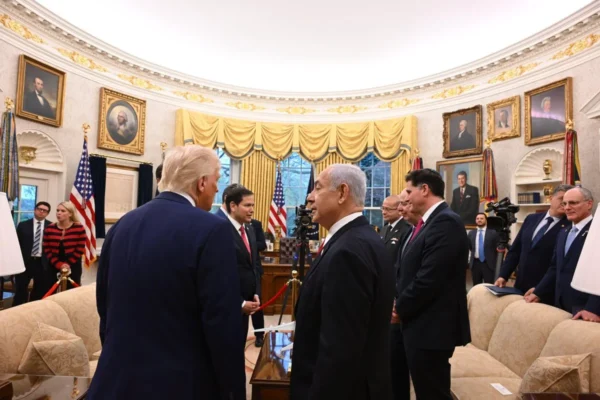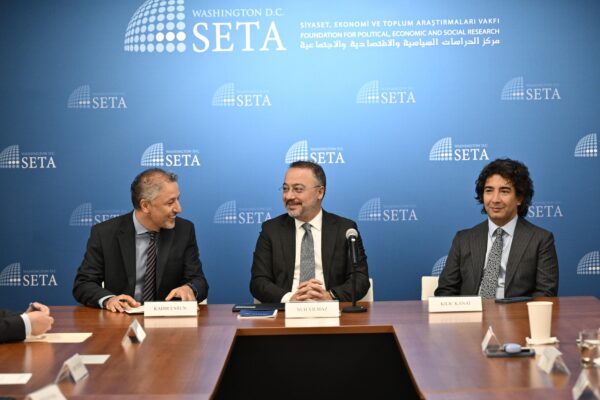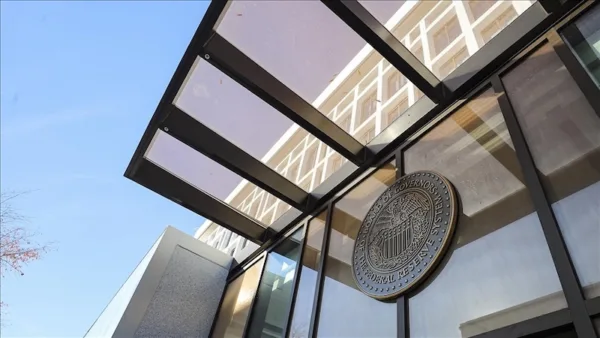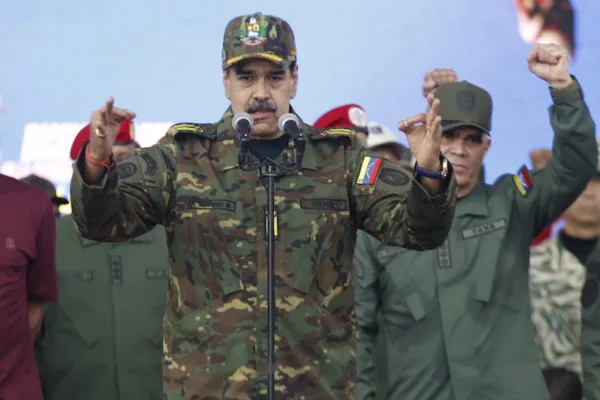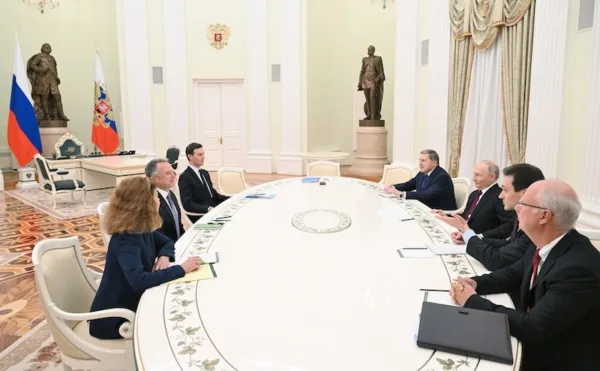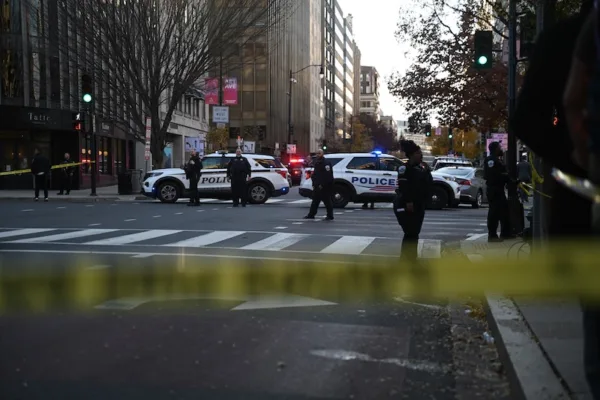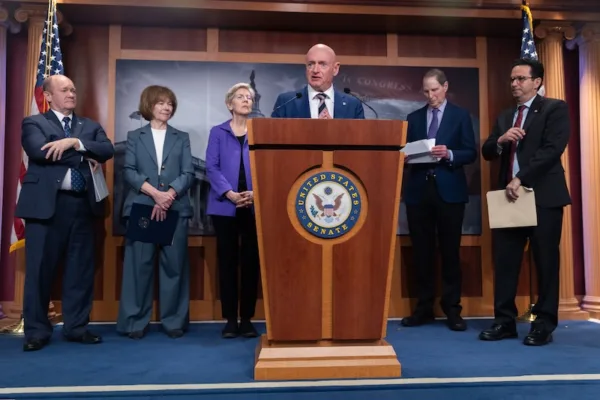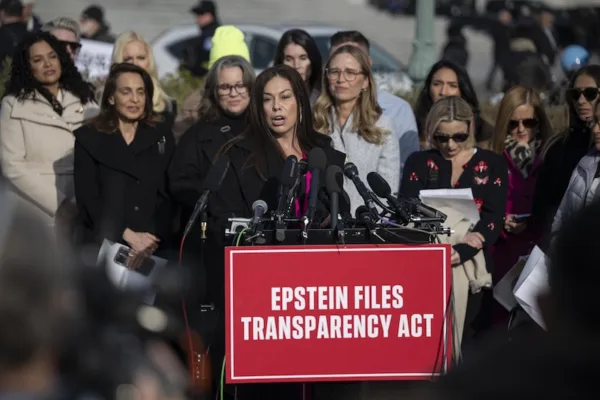Tragedy of Aleppo
What is happening in Aleppo will be remembered as one of the most traumatic moments of recent world history. The pictures and reports coming out of the battle-ridden city will be remembered for generations and used to illustrate the failure of the international community and Western world to prevent one of the most documented tragedies of recent decades.
When the chemical weapons attack took place in Ghouta, many around the world considered it the lowest point of the humanitarian crisis in Syria. The killing of hundreds of small children with sarin gas in front of the world was regarded as perhaps the last massacre by Bashar Assad’s regime. However, when the international community let the regime get away with this afterward, a violation of the most significant international norm, Assad considered it a green light for the continuation of similar acts. Since then the regime has continued to perform callous acts of violence on the civilian population.
In the meantime, several other groups joined the regime and supported its war crimes and crimes against humanity in the country, as fighters from Iran and the Russian air force contributed to the rising human cost of the war in Syria.
The tragedy of the Syrian conflict has become most visible in the city of Aleppo and its surroundings. For the last few weeks the city has witnessed one of the worst attacks on civilian targets since the beginning of the conflict. The regime demonstrated that it will not abide by any rule or norm in their fight, targeting a hospital run by Doctors Without Borders and the International Committee of the Red Cross. While the international community has condemned these attacks, other civilian areas and civilians living in different parts of the city also became the target of airstrikes. The Guardian last week reported that a draft statement circulated by nongovernmental organizations claims there is a “growing recurrent targeting of humanitarian organizations, teams, and the vital centres that provide services to civilians in the province, by the Syrian regime and its allies.”
Only after more destruction and more civilian deaths, most of which are represented by child casualties, did the U.S. and Russia reach a deal to extend the cease-fire to Aleppo. Yet only hours after this announcement it was revealed that the regime attacked districts surrounding Aleppo, including Khan Touman and al-Rashideen, with barrel bombs.
Last night, more reports said the regime has started to target other civilian areas. Near the town of Sarmada this time, the regime attacked a refugee camp of internally displaced people. Pictures on social media demonstrated the horror that the regime created among children and the elderly who had escaped the fighting in Aleppo. According to the reports, 28 people were killed and dozens of civilians were wounded in the attacks as the regime again demonstrated its intention to continue the massacre.
Of course, there was widespread condemnation from the international community. The United Nation’s aid chief Stephen O’Brien said: “If this obscene attack is found to be a deliberate targeting of a civilian structure, it could amount to a war crime,” and asked for an independent investigation. The White House also condemned the attack. However, both the Assad regime and its supporters are already aware that these condemnations will not turn into a change in policy from the international community or, more importantly, lead to significant action.
State Department spokesman Mark Toner’s statement was a clear indication of this. In a briefing Toner said: “It’s clearly an effort by Assad to push his agenda, but it is incumbent on Russia to assert influence on that regime to maintain the cessation of hostilities.” In fact, it showed that the U.S. is hoping the biggest sponsor of the Assad regime, which until recently contributed to the killing of civilians itself, will put pressure on Assad to obey the cease-fire in the country.
It will be hard to explain the tragedy of Aleppo to future generations, just like it was hard to explain Srebrenica or Rwanda. The question of why is nobody doing anything will continue to haunt us. Nobody is currently able to provide a satisfactory answer to explain this situation and neither will they be able to do so for future generations.
This article was first published in the Daily Sabah on May 7, 2016.


